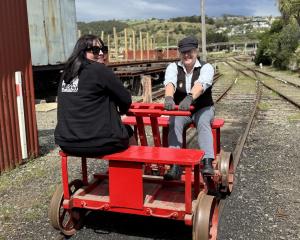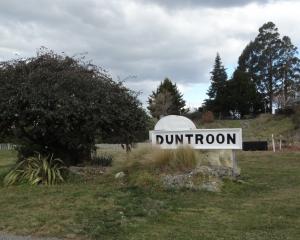New pedestrian crossing lights in north Oamaru have received mixed reviews, pedestrians praising them while others have criticised side effects.
Pedestrians feel safer crossing State Highway 1 with the new lights in the north end business centre, but there is criticism of increased speeds of vehicles, traffic backing up at peak hours, disruption to intersections and difficulty getting out of car parks.
The New Zealand Transport Agency (NZTA) said the lights were using new technology and it would monitor them if there were any problems.
One shop owner, who did not want to be named, said there had been side effects from the lights which he never envisaged.
Trucks, in particular, were travelling faster through the business centre, whereas previously they had moved more slowly because it was a known accident black spot.
Yesterday about 3.15pm, when the Otago Daily Times visited, more than 30 cars were backed up south along the highway, blocking three intersections.
Some people were not tripping the lights because they were not standing on the tiles at the edge of the crossing, and at times people, particularly children, were crossing without waiting for the lights to change.
It was also difficult pulling out from parallel parks on the side of the highway with traffic travelling faster, or blocking parks when stopped.
The proposed lights were a bone of contention with north end business owners last year, but the issue was settled after a meeting with the NZTA and Waitaki MP Jacqui Dean.
An agreement was reached that the lights would be installed, no parks would be lost and the effect of the lights would be monitored.
Yesterday, NZTA's journey manager Graeme Hall said the signals used new technology trialled at two other sites in Otago. The lights operated only if a pedestrian was waiting to cross.
High traffic volumes at the crossing meant it was important to keep traffic flowing and avoid unnecessary delays if no-one was waiting to cross.
The new lights were being monitored regularly.
''Like any new signal technology, it doesn't hit the ground running perfectly and there is an initial period where the signals need adjusting and fine-tuning.''
Concerns about younger children having trouble pushing the button had not been raised with NZTA, but children should generally not be crossing without an adult, anyway.











